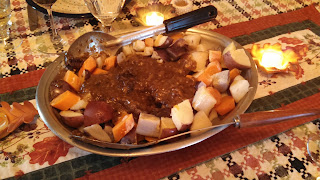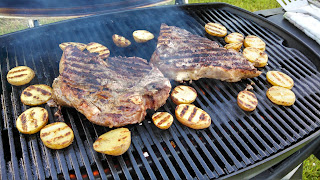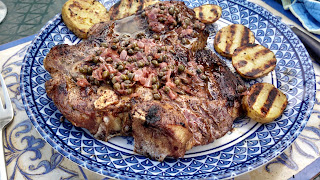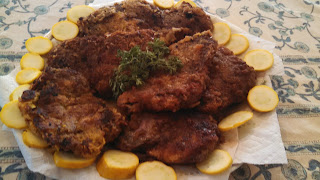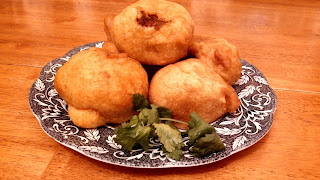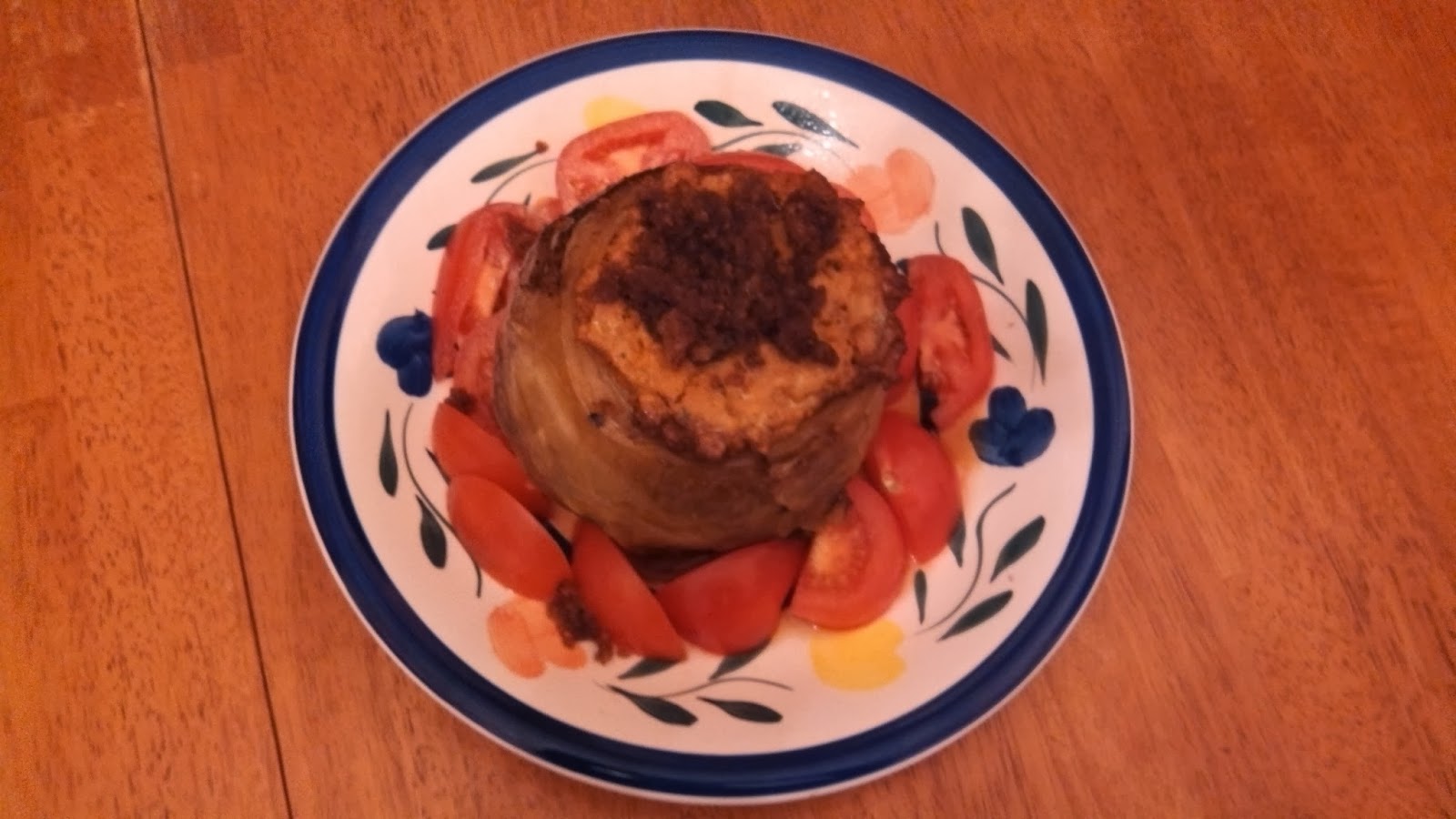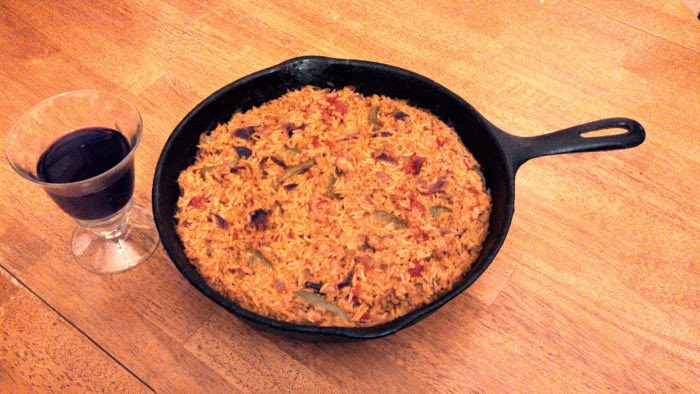In Puerto Rican cuisine the most favorite savory are frituras or fritters, and cuchifritos. These are snacks, side dishes and appetizers that are deep fried. Frituras are fried vegetables, some with meat stuffing, which are mainly for noshing between meals. Cuchifritos, the other hand, are fried pork products such as pork rinds. These delicacies have been in our culture since time immemorial. In the old days, pork fat or lard was used as the frying agent. These days it’s olive oil or vegetable oil. Within the vegetable category, the best would be safflower oil or a good canola oil, if nothing else because of reasons of health. True, even today, frying in lard or Crisco will give a better taste—at the expense of hardening your arteries.
Alcapurrias come under the heading of frituras. As to the term itself, alcapurrias (pronounced: al-kah-poo-reeas), could be a traditional Caribbean Indian word or island slang of a more recent derivation. Wherever the word came from, this snack is very popular with islanders and Nuyoricans alike. Basic alcapurrias are made with green bananas; what we call guineos (ghee-neh-os). Traditionally, the other way we serve green bananas is boiled and then drizzled with olive oil. So you’re probably saying, Who the hell would eat green bananas? Simple, anyone who knows how good they are, cooked in a sauce or, as we have it here, stuffed with ground beef.
The recipe below calls for achiote, which is an ingredient used for taste and coloring. It consists of annatto seeds cooked in vegetable oil or olive oil. Annatto seeds can be obtained in 8-ounce jars in most supermarkets or any Asian or Caribbean market. Simply heat 1/2 cup of oil in a small skillet or pan, add 1 teaspoon annatto seeds, turn heat to low and cook the seeds, stirring frequently, for 5 minutes. If the flame is kept on high the seeds may crack and splatter. During cooking, the oil will turn a bright orange-red color. The longer the seeds steep in oil, the deeper the hue. Remove from heat, let cool and, using a strainer, pour into a small jar or container. Cover and refrigerate. In my family we use a lot of achiote. Some of our recipes call for a whole bottle of vegetable oil (32-ounces) and one jar of annatto seeds. This would be enough to feed an army.
If you’re interested in learning more about frituras and cuchifritos, you can always pick up my cookbook, Puerto Rican Cuisine in America (Perseus Books, Running Press) which has recently gone into its third printing. It’s chock-full of similar Boricua recipes. And even if you’re not native to the Caribbean, your taste buds will thank you for it.
ALCAPURRIAS
(Stuffed Green Bananas)
8 whole black peppercorns
2 cloves garlic, peeled
1/2 teaspoon salt
1 tablespoon fresh chopped oregano or 1 teaspoon dried
2 tablespoon olive oil
1 teaspoon vinegar
1 pound lean ground beef
1/4 cup tomato sauce
3 pounds green bananas
1 large green plantain
1/2 cup achiote (see recipe given above)
Vegetable oil for frying
1. In a mortar, crush peppercorns, garlic, salt and oregano. Blend in olive oil and vinegar. Add seasoning to beef and mix
2. Brown seasoned beef in a skillet over high heat (no extra oil is necessary). Reduce heat to low. Stir in tomato sauce and simmer, covered, for 30 minutes. With a slotted spoon, remove meat to a bowl and set aside.
3. Peel bananas and plantain, and cut in half. Grate the bananas and plantain using the grating disk of a food processor or a hand held shredder. Mix in a bowl with the achiote, then mash with a fork or
potato masher.
4. Spread some of the banana-plantain mix in the palm of your hand (keep palms wel while doing this).
With your fingers make asmall nest in the center of the mix in your palm, and stuff with about a spoonful of the beef filling. Cover the filling with more mix and shape into a cylinder or croquette. Repeat until filling and bananas are used up.
5. Deep-fry in hot oil (375°) until golden brown (about 4 minutes each). Remove and drain on absorbent paper towels.
Yield: About 15 alcapurrias.
